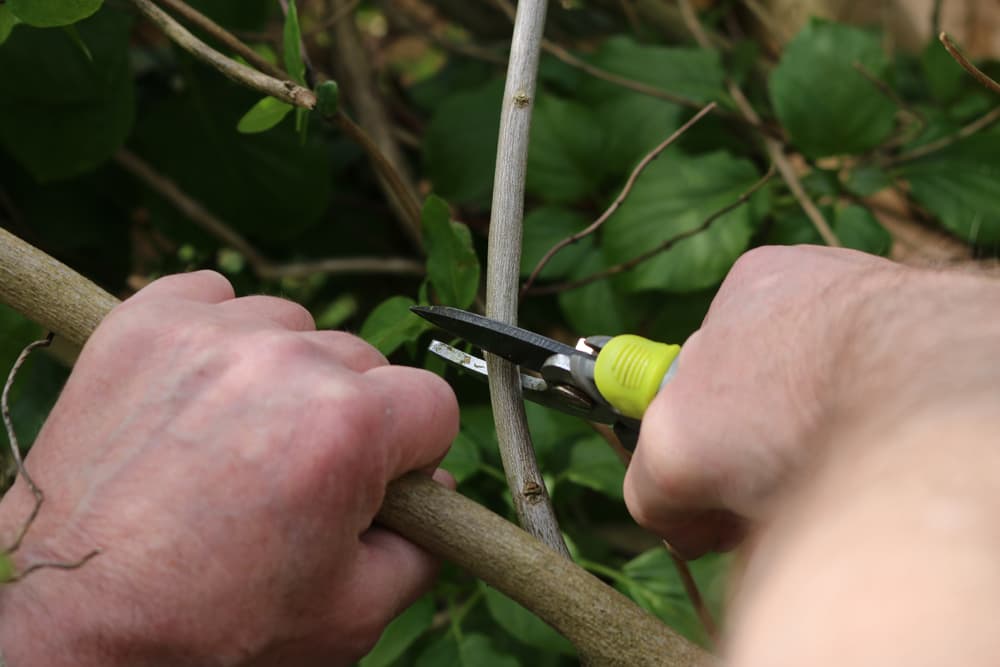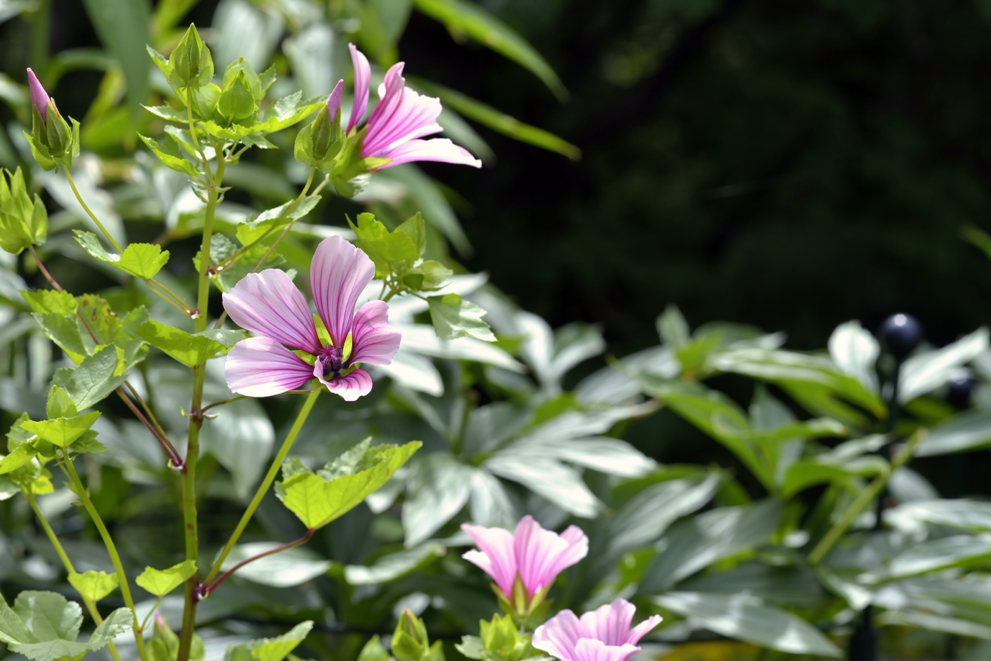How You Prune Your Lavatera (Mallows) Will Depend On The Type You’re Growing

PERENNIALS > LAVATERA > PRUNING

Elizabeth is a Permaculture Garden Designer, Sustainability Consultant and Professional Writer, working as an advocate for positive change. She graduated from the University of St. Andrews with an MA in English and Philosophy and obtained a Diploma in Applied Permaculture Design from the Permaculture Association.
Reviewed By ROY NICOL

Roy is a Professional Gardener and Horticultural Consultant, specialising in large garden year-round maintenance and garden development. He is an RHS Master of Horticulture and uses his research in the application of no-dig methods in ornamental garden settings. Roy has been a Professional Gardener for more than six years and is a member of the Chartered Institute of Horticulture, Professional Gardener's Guild and Association of Professional Landscapers (Professional Gardener).
LAVATERA GUIDES
Malvas (until recently known as Lavateras) are, generally speaking, pretty easy plants to grow.
This genus of plants, commonly also referred to as ‘Mallows’ can be annuals, biennials, herbaceous perennials or woody shrubs.
All Malvas have beautiful flowers similar to Hollyhocks, great for attracting bees and other wildlife to your garden, but the gardening jobs can differ throughout the year depending on the specific type or types you have chosen to grow.
| Difficulty | Easy |
| Equipment Required | Secateurs or gardening knife |
| When To Prune | Spring or autumn |
Learning how to prune the Malva you are growing is one key thing to consider.
Although each variety will need slightly different care, here are the general guidelines for pruning Malvas:
- Tidy up sub-shrub cultivars (those with a woody base and tender stems) in autumn, then cut back hard in the spring.
- Cut back herbaceous lavateras to the base in winter.
- Prune lavatera shrubs with a permanent woody framework in spring.
- Deadhead in summer to encourage new growth and flowers.
Pruning Sub Shrubs
Sub-shrub type Malva, including M. cachemiriana and M. x clementii, can be tidied up a little with a light prune in autumn if desired.

However, the main pruning is best left until the spring.
In spring, you can cut back hard to the new shoots that emerge from the base of the plant.
Pruning Herbaceous Types
The faded and dead foliage of herbaceous types of Malvas can be cut down to the base in winter.

If you prefer, you can cut off the soft foliage at the beginning of winter to tidy things up in your garden.
However, in a wildlife-friendly space, it is best to leave the prune until the end of winter or very early spring, since the dead foliage can provide good shelter and habitat for wildlife, especially during the coldest months.
Pruning Woody Shrub Varieties
If you are dealing with shrub Malvas with a permanent woody framework, usually only minimal pruning will be required.
However, you should also aim to prune these species in the spring, and can take softwood cuttings at the same time.

Your goal should be to maintain a woody framework with an attractive shape and form – and to encourage the fresh growth on which the flowers form.
If in doubt about which type of Malva is growing in your garden, deadheading the plant through the summer to encourage more flowers is typically a good idea, and pruning in early spring to encourage flowers on the growth of the new season is also advisable for many types.
